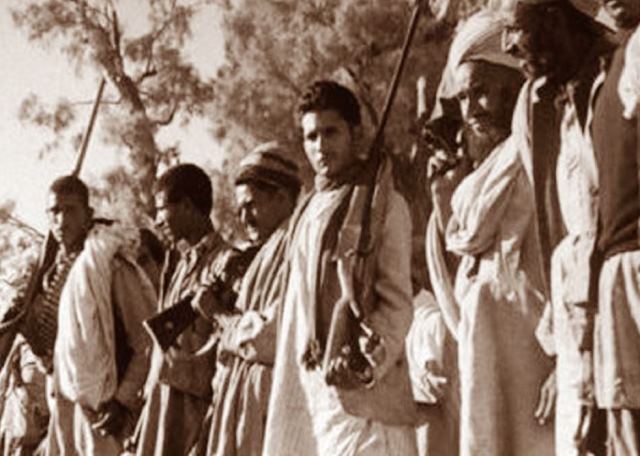
In 1947, the world witnessed one of the most violent and traumatic events in human history – the Partition of India. The aftermath of this event left millions displaced and hundreds of thousands killed in the sectarian violence that erupted across the subcontinent. One of the regions most deeply scarred by this violence was Jammu and Kashmir, where in October 1947, Muslim tribesmen from the surrounding mountains invaded and looted Hindu and Sikh settlements.
The tribal invasion of Jammu and Kashmir was orchestrated by Pakistan, driven by the desire to annex the Muslim-majority region. On October 20, 1947, a group of armed Muslim tribesmen crossed the border from Pakistan, attacking the town of Baramulla. The tribesmen quickly overwhelmed the town’s small police garrison, unleashing a wave of looting, arson, and horrifying violence against Hindus and Sikhs, including murders and rapes.
The Baramulla massacre marked the beginning of a campaign of terror against Hindus and Sikhs in the region. Over the subsequent weeks, the tribesmen attacked and looted these communities across Jammu and Kashmir, with the Poonch district and the Kashmir Valley witnessing some of the worst atrocities. In Poonch, thousands of Hindus and Sikhs were mercilessly massacred, and many were forced to convert to Islam. In the Kashmir Valley, all Hindus and Sikhs were driven out, leading to an exodus of refugees to neighboring Indian states who found themselves living in squalid camps for years.

The impact of this tribal invasion was profound. Tens of thousands lost their lives, and millions were displaced, with many unable to return to their homes. Moreover, it sowed deep mistrust and bitterness between the Muslim and Hindu communities, a legacy that lingers to this day, posing a significant obstacle to peace and reconciliation in the region.
The consequences of this dark chapter in history are numerous:
- Mass Killings and Displacement: The tribal invasion resulted in the deaths of tens of thousands and the displacement of millions, with many victims never able to return to their homes.
- Deepening Religious Divisions: The invasion deepened the mistrust and bitterness between Muslims and Hindus, a challenge that continues to hinder peace and reconciliation.
- Economic Disruption: The economic impact was significant, with widespread disruption, including the destruction of businesses and industries and agricultural setbacks from which the region has yet to fully recover.
- Social and Psychological Trauma: The invasion left lasting scars on the social and psychological fabric of Jammu and Kashmir, with many people continuing to suffer from trauma and mental health problems.
Addressing the legacy of this painful history is crucial to build a more peaceful and prosperous future for the region. To do so, we can take the following steps:
- Acknowledge the Suffering: The first step is acknowledging the suffering of the victims, including the massacres, looting, forced conversions, and the displacement of Hindus and Sikhs.
- Provide Justice to the Victims: The victims of the tribal invasion deserve justice. This means prosecuting those responsible for the violence and providing compensation to the victims.
- Promote Reconciliation: Efforts to promote interfaith dialogue and understanding are essential to help the people of Jammu and Kashmir reconcile with their past.
- Create a Just and Equitable Society: To prevent future violence, we must address the root causes of conflict, such as poverty, inequality, and discrimination, and work towards creating a just and equitable society where all feel respected and valued.
The legacy of pain from the tribal invasion of Jammu and Kashmir is a complex and challenging issue, but confronting it is necessary to pave the way for a brighter future in the region. We must learn from this history to ensure that such tragedies are never repeated.


